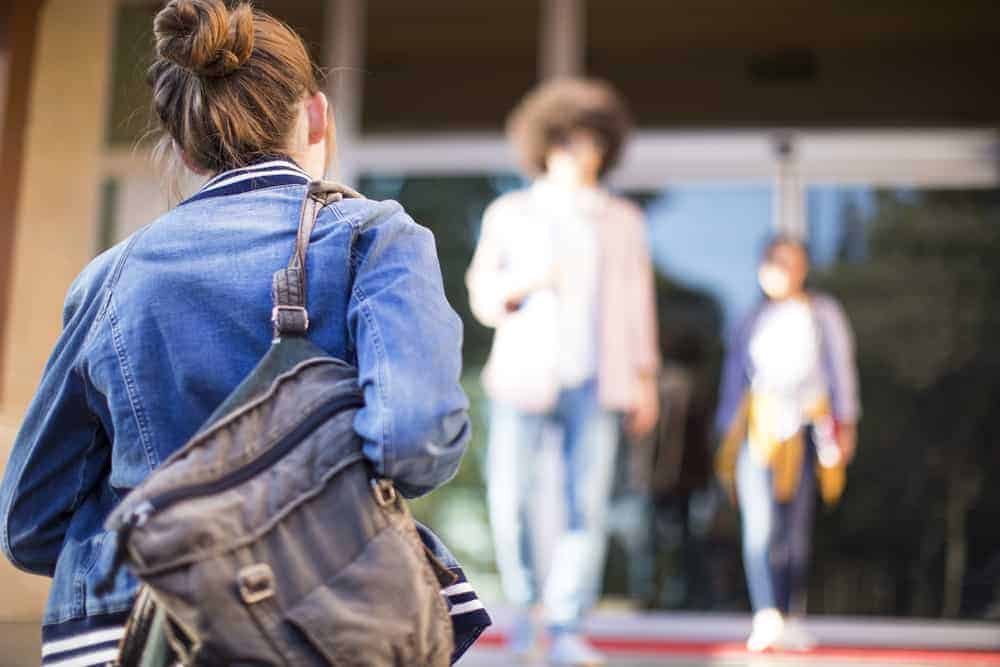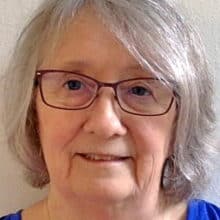

The Free Application for Federal Student Aid, better known as the FAFSA, is the form that high school seniors and their parents are expected to complete in order to access financial aid resources to continue their education beyond high school. The questions on the form have to do with a student’s and family’s income, assets, and expenses to determine how much a family can contribute to higher education expenses and to determine their eligibility for financial aid. In my 20-plus years of helping students and parents complete the FAFSA, I have learned some common lessons about why it is so challenging to get this form completed.
First, for most families, K-12 public education has been “free” in that there is no tuition, room and board, or other expenses that require a significant annual cost. As students begin their senior year of high school, they and their parents are faced with completing a FAFSA that is necessary to help cover costs of higher education.
Lesson #1: Don’t wait until the senior year of high school to introduce the FAFSA. There is little context to the completion of this form, especially for those who have no college-going experience in the family. Think about it as if someone were trying to sell you a widget. The first questions would be, “What is it, and why do I need it?” It needs context. If students are indecisive about what they will do after high school graduation, and many are, completing a FAFSA does not seem relevant as they struggle with next steps.
Lesson #2: Ask more and lecture less. I have learned more about students and parents and FAFSA completion by asking rather than telling. Those of us who work with FAFSA completion provide gobs of information on the process and reasons why people should complete it, but rarely do we ask students and parents about their thoughts, challenges, fears, and beliefs about financial aid and higher education in general. We tend to rely on the “build it and they will come” theory behind FAFSA completion and financial aid events and find attendance dwindling each year. We ask why amongst ourselves but don’t think of asking parents and students.
There is a saying in college-access marketing: “It’s not what you tell them, it’s what they hear.” Those of us who help students and parents complete a FAFSA put a lot of effort into finding just the right messaging, and the most eye-catching flyers and web sites that will change college-going behavior. However, the one thing that is essential is many times left out – what do students and parents hear when we talk about higher education, financial aid, and the FAFSA? We are left scratching our heads at why our efforts are not more effective.
Lesson #3: Create common goals and work together. All of us who work to increase FAFSA completion and college-going rates work for the same outcomes; however, we rarely create common goals and missions to achieve those outcomes. I refer to it as the “sandbox theory” based on toddler behavior – toddlers sit in the same sandbox but rarely interact with each other. Here in North Carolina, we are fortunate to have people and organizations dedicated to helping students and families find funding resources needed to continue their education. And, let’s not forget to include our communities in this work. Communities are made up of trusted influencers who care about the well-being of families and are untapped resources that should be included in higher education efforts. Think of the impact if we joined forces.
College-access organizations that include FAFSA completion services have increased exponentially over the past few years. This is due to the understanding that education beyond high school opens up opportunities and options for people and their communities to thrive and live high-quality lives. Some of us work outside the schools while others work in schools with students on a daily basis. School counselors play a key role to help all students and their families plan and prepare for life after high school including FAFSA completion. Financial aid administrators work closely with their local high schools to assist in FAFSA completion, while other organizations provide data that inform our efforts and successes. The resources are in place – we need to use them creatively.
Lesson #4: Have faith in people. Parents want their children to grow up to become contributing members of their community; students want to have satisfying careers that allow them to become financially independent; school personnel and college access workers want all students to discover that education provides pathways to fulfill their wants and needs. The key is finding the thread that pulls it all together.
Creating a context for understanding the FAFSA by making it part of school curriculum; considering students and parents not just as vessels in which to pour information, but as crafters of FAFSA completion efforts based on their hopes for their communities and themselves; and developing common goals and missions collectively all have been invaluable lessons that I have learned. I continue to hope we will be wise enough to adopt these lessons in our work to change FAFSA completion from a widget sale to a coveted practice.


